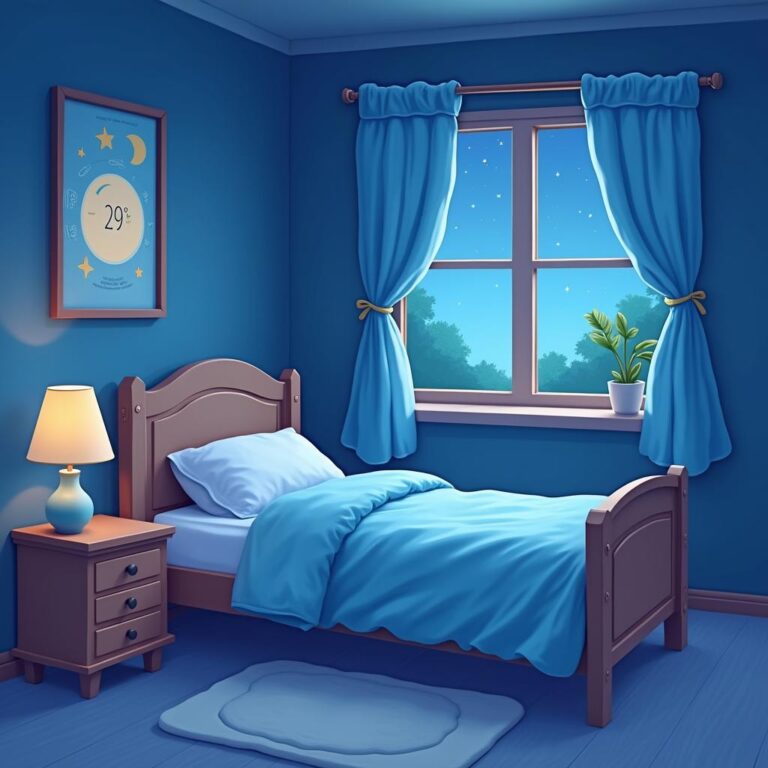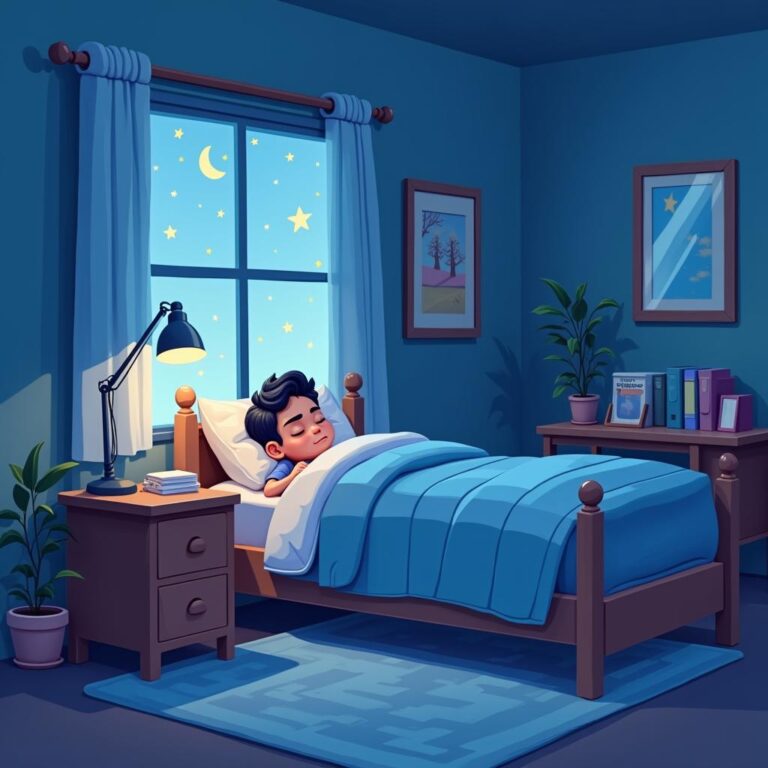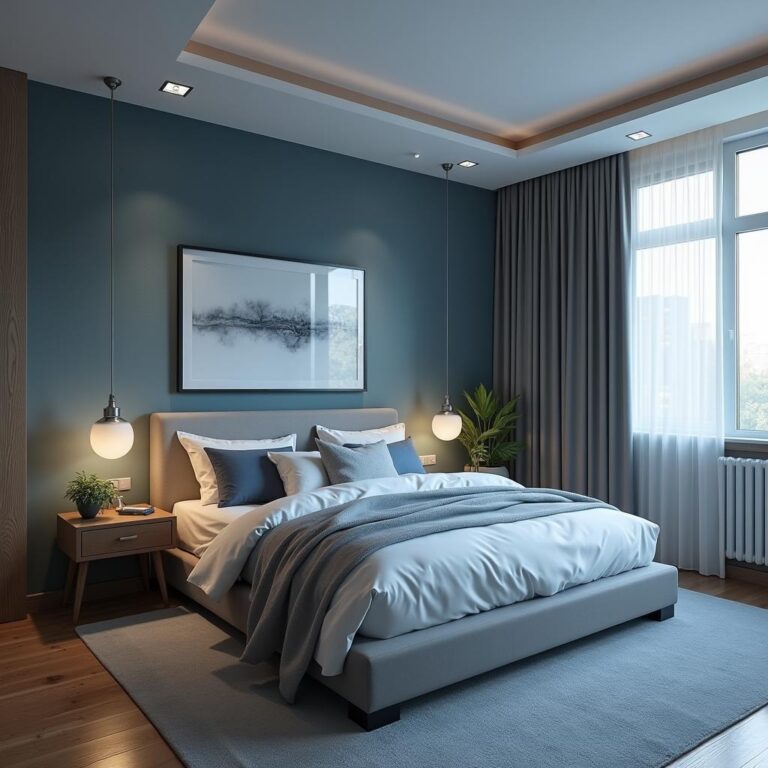Getting a good night’s sleep is crucial for overall health and well-being. A well-thought-out bedroom setup can significantly enhance your sleep quality. Below are some essential tips and considerations for creating the best bedroom setup for optimal sleep.
Choose the Right Mattress
Your mattress is one of the most important elements in your bedroom setup. The right mattress provides the necessary support for your body while allowing for comfort. When selecting a mattress, consider factors such as your sleeping position, body weight, and personal preference:
- Firmness: Side sleepers often benefit from medium-soft mattresses, while back and stomach sleepers may prefer firmer options.
- Material: Memory foam provides great contouring, while innerspring mattresses offer better breathability.
- Trial Period: Choose a mattress that comes with a trial period, so you can test its comfort before making a final decision.
Select the Right Pillow
Pillows play a crucial role in neck and spine alignment during sleep. Choosing a pillow that suits your sleeping position can prevent discomfort and help you wake up refreshed:
- Side Sleepers: Look for a thick, firm pillow to keep your head aligned with your spine.
- Back Sleepers: A medium-thickness pillow that supports the natural curve of your neck works best.
- Stomach Sleepers: Opt for a thin, softer pillow to prevent neck strain.
Maintain a Comfortable Room Temperature
The temperature of your bedroom can significantly influence your sleep quality. Generally, a cooler room is more conducive to sleep:
- Optimal Temperature: Aim for a room temperature between 60°F and 67°F (15°C to 19°C).
- Use Fans or Thermostats: Utilize ceiling fans or air conditioning during the warmer months and heaters in the freezing winter to maintain a comfortable temperature.
- Bedding Selection: Use breathable materials like cotton or linen that help regulate temperature while you sleep.
Control Lighting
Lighting has a profound effect on your sleep environment. For optimal sleep, minimizing light exposure in your bedroom is key:
- Blackout Curtains: Invest in blackout curtains to block out ambient light from outside sources.
- Use Eye Masks: If blackout curtains aren’t an option, consider using an eye mask to create darkness.
- Dim Lighting: Use dimmable lights or lamps with warm light bulbs in the evening, as blue light can inhibit melatonin production.
Reduce Noise Distractions
Noise pollution can disrupt sleep patterns, making it essential to reduce disturbances in your sleep environment:
- Sound Machines: Consider investing in a white noise machine or a fan to mask disruptive sounds.
- Earplugs: Use earplugs if sounds are unavoidable, particularly in urban areas.
- Quiet Location: If possible, choose a bedroom location away from busy streets or noisy neighbors.
Optimize Your Bedroom Layout
The arrangement of your furniture can also impact your sleep. Consider the following when setting up your bedroom:
- Bed Placement: Position your bed away from the door, ideally with the headboard against a solid wall for a sense of security.
- Declutter: Keep the space tidy and avoid clutter, as a clean environment can promote relaxation.
- Personal Touches: Incorporate soft furnishings, such as throw pillows and blankets, that evoke comfort but keep accessories minimal to prevent distraction.
Incorporate Aromatherapy
Aromatherapy is a great way to create a soothing atmosphere in your bedroom. Certain scents can trigger relaxation and help induce sleep. Consider the following:
- Essential Oils: Lavender, chamomile, and sandalwood are excellent options for promoting sleepiness.
- Diffusers: Use an essential oil diffuser to disperse calming scents throughout the room.
- Candles: Scented candles can also enhance the ambiance, but opt for beeswax or soy candles that are free from harmful chemicals.
Create a Relaxing Pre-Sleep Routine
Establishing a pre-sleep routine can signal your body that it’s time to wind down. Aim for a transition period that lasts at least 30 to 60 minutes before bedtime:
- Limit Screen Time: Reduce exposure to screens at least one hour before bed, as blue light can interfere with melatonin production.
- Read or Meditate: Engage in relaxing activities such as reading a book or practicing meditation to calm your mind.
- Gentle Stretching: Consider gentle yoga or stretching exercises to relieve tension in the body.
Conclusion
A well-designed bedroom setup can dramatically improve your sleep quality. By paying attention to elements such as your mattress, pillows, room temperature, lighting, and reducing noise distractions, you can create an ideal environment for restorative sleep. Incorporate relaxation techniques, optimize your layout, and utilize aromatherapy to make your bedroom a sanctuary for rest. Remember that good sleep is essential for your health, mood, and productivity, so invest the time and effort to create the best bedroom setup for optimal sleep.







